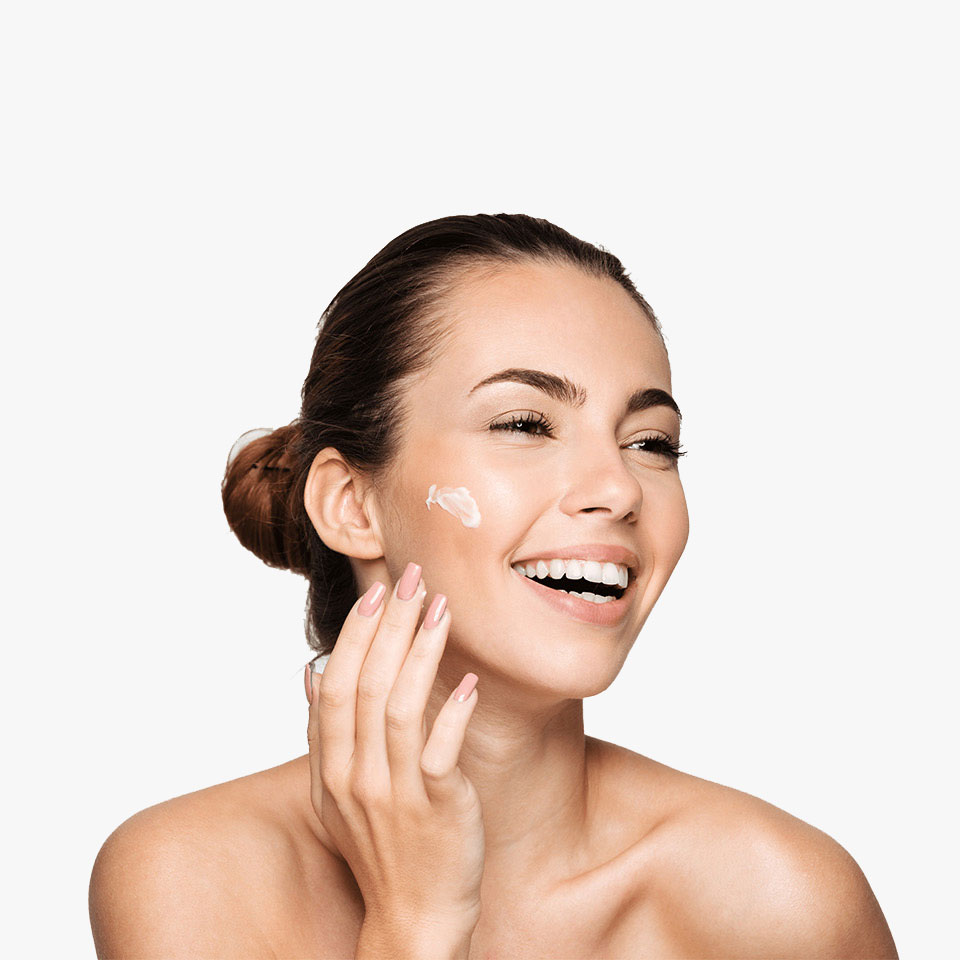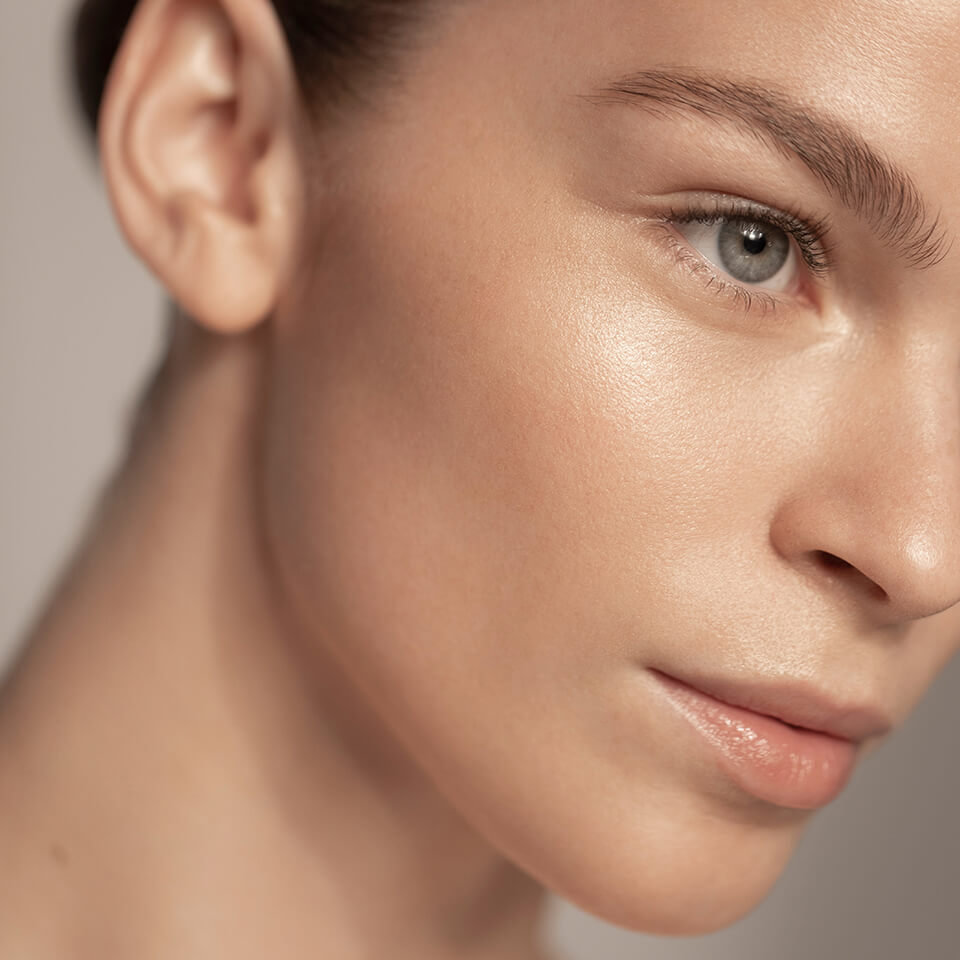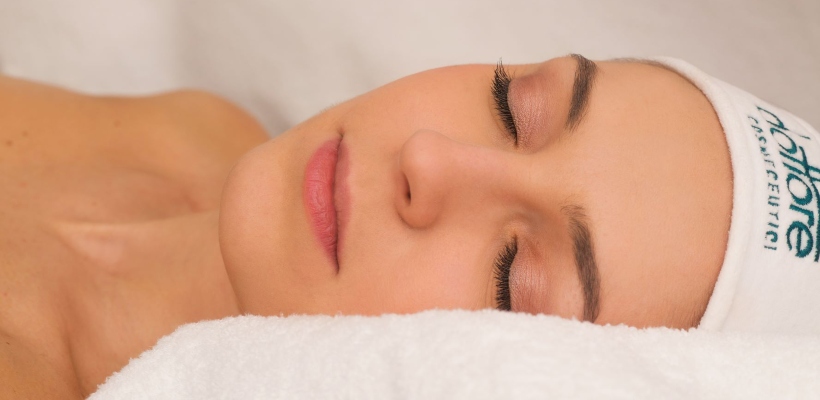The skin is the boundary and cover for all internal organs of our body. On a daily basis, we do not realize how many challenges we set before it. How much do you really know about it?
Did you know that the skin is an organ, the same as all internal organs? It is the largest organ of our body – its area ranges from 1,5 to 2m2. It is thinnest around the eyes, although you know it for sure if you follow our social media. We have mentioned it many times, because it is the main reason for the need to use specially dedicated eye creams. Do you know where the skin is the thickest? Let us know in the comment if you knew that the answer is a heel. The skin thickness on the heels can be as high as 5mm! For comparison, around the eyes it is only 0,5mm. The weight of the skin itself is about 5kg!
Skin layers
One of the basics is knowing that the skin consists of three layers. Each of them has its own functions:
– epidermis, which is the outermost layer of the skin. Most often it is associated with the stratum corneum and peelings (puratore home), but its main task is to keep the sun’s rays, allergens and microorganisms from penetrating the body. Note, however, that it is not indestructible. The function that has been assigned to it makes it the most exposed to all external factors. The use of protective creams, antioxidant and moisturizing creams are necessary if we want to keep the skin healthy. By the way, this is why all the creams we use work in this layer of skin, not deeper. They are most needed in the epidermis.
Fun fact: the epidermis is completely replaced approximately every 28 days. As we get older, the cycle can last anywhere from 35 to even 50 days.
– the dermis, i.e. the layer responsible for the accumulation of collagen, and thus the tension of our skin. There are sweat and sebaceous glands in it, so one of the functions of this layer is thermoregulation. In addition, the dermis also contains nerve endings – they make us feel pain, cold, heat, pressure or touch. In the dermis, but also partially in the subcutaneous tissue, there are hair bags and parts of the sebaceous and sweat glands responsible for secreting them outside, which is to lubricate the epidermis and hair.
– the subcutaneous layer is made of connective tissue loosely. This means that it is “woven” loosely, which allows the skin to slide over your muscles or bones. It also consists of fat, although its amount depends on many factors, e.g. diet, age, gender or hormone activity. We associate fat in everyday life with not the best, but it is still a source of energy here. In addition, it is an insulating layer – it protects against injuries, and due to the high water absorption, it is also used in water and electrolyte management.


Our skin is also our showcase. Any deficiencies, e.g. of vitamins or water, are first visible on the skin. Why? When the body notices a water shortage, it stops supplying it to the skin in order to properly hydrate the “more important” internal organs. Due to this, it is worth using creams with antioxidant properties, because you need to provide the body with a lot of them for the skin to benefit from it. Luckily it has a very high regenerative capacity so it is able to bear the fact that it is usually “last in line”.
“Our skin is also our showcase. Any deficiencies, e.g. of vitamins or water, are first visible on the skin. “
DOTTORE COSMECEUTICI
Fun fact: Based on the appearance of the skin, doctors detect approximately 20% of cases of diabetes. On the other hand, dryness, flaking and irritation of the skin may indicate thyroid disease.
In addition to body protection and thermoregulation, the skin also has the ability to excrete harmful substances. It is most easily observed during a treatment aimed at cleansing the body of toxins. The unpleasant smell is then much more intense.
Fact or myth?
The skin at night absorbs the active ingredients of creams better
This is a FACT. The skin works very intensively at night, is not exposed to light or other irritating factors, it has time to regenerate. The water in the tissues evens out, elastin fibers regenerate, and the lipid layer rebuilds, as a result of which in the morning we wake up with a tense, rested complexion. How is it? Will you go to bed a little earlier today?

